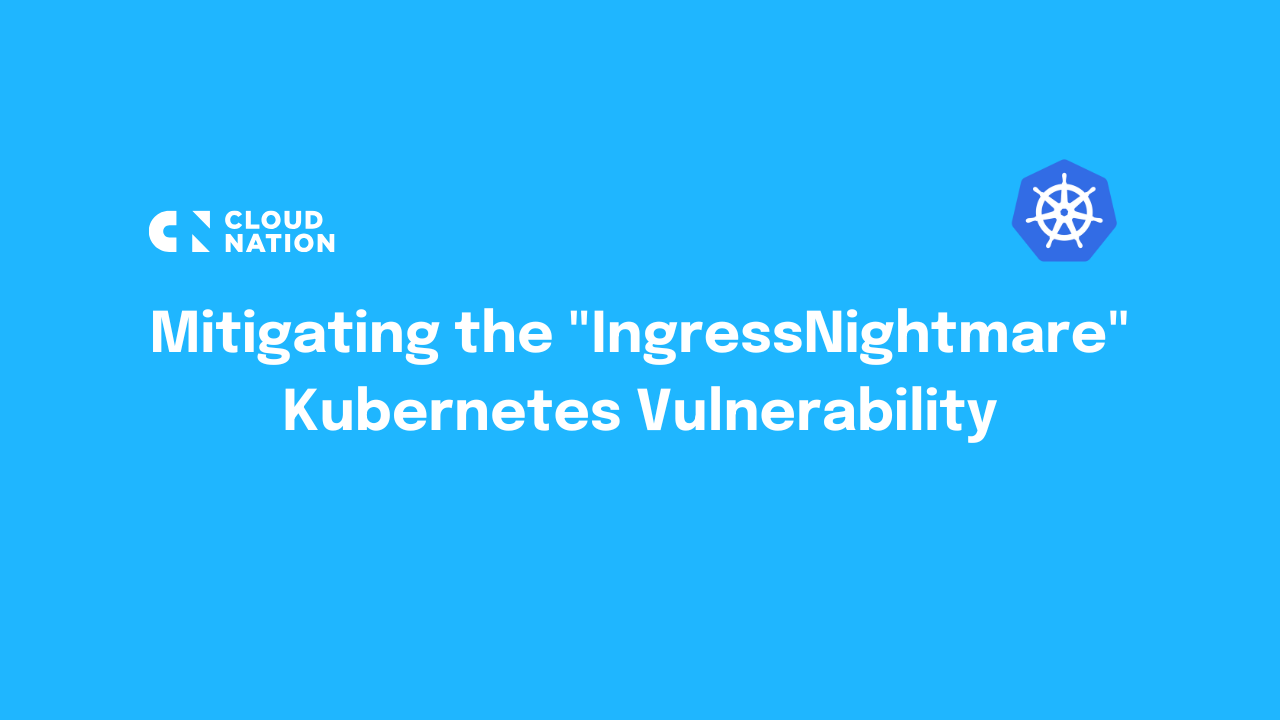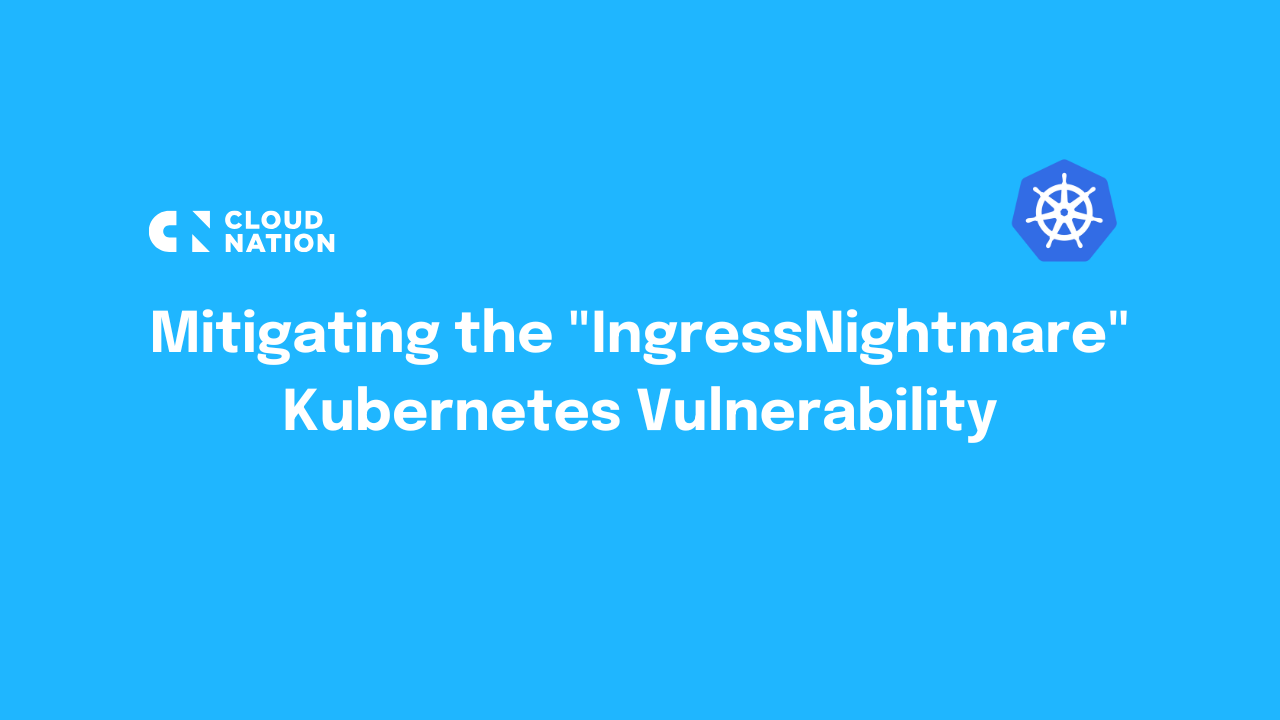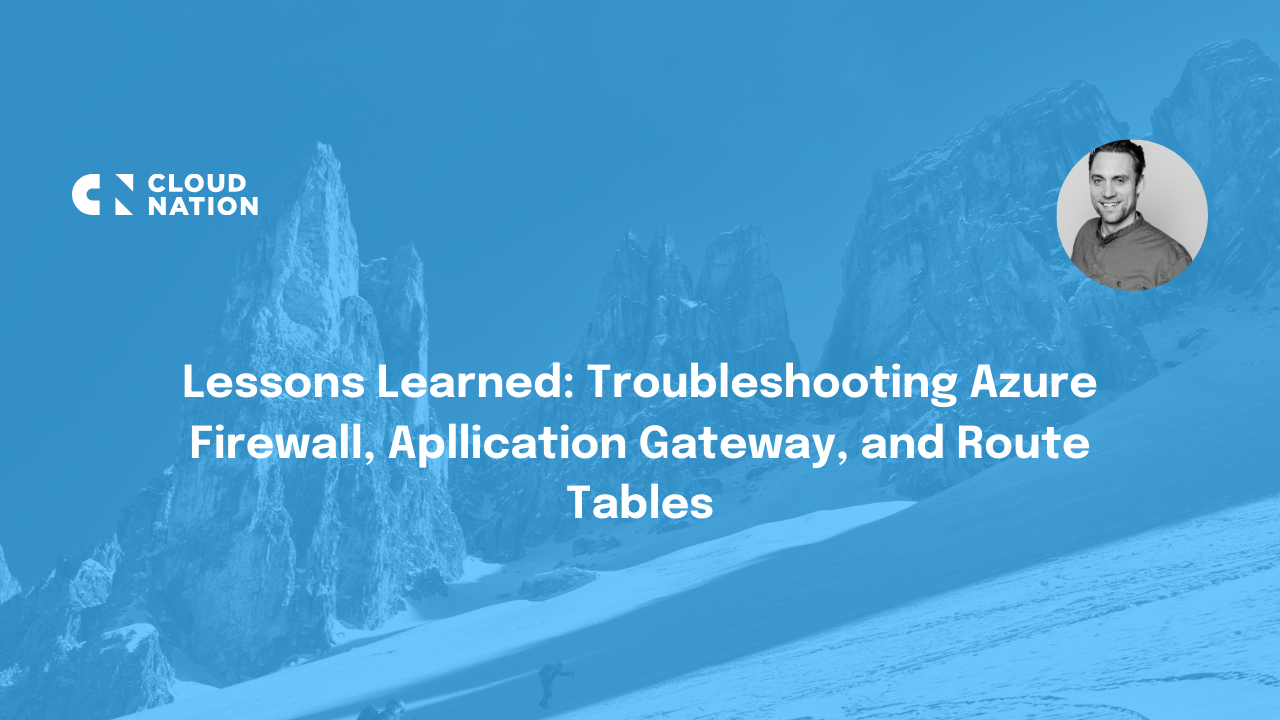Today I’d like to share a critical security alert affecting every organization leveraging Kubernetes with the popular ingress‑nginx controller. On March 24, 2025, the Kubernetes project disclosed a high‑severity remote code execution (RCE) vulnerability — CVE‑2025‑1974 (dubbed "IngressNightmare") — along with three related configuration injection flaws. At a staggering CVSS score of 9.8, this vulnerability allows an unauthenticated attacker with network access to your ingress admission webhook to inject arbitrary NGINX configuration and gain cluster‑wide control.
This alert also outlines the immediate steps you can take to mitigate the risk, including identifying vulnerable deployments, upgrading ingress-nginx, and applying temporary mitigations if patching isn’t immediately possible. Additionally, we cover long-term strategies for preventing similar vulnerabilities, ensuring your Kubernetes environment remains secure.
Why this matters
Ingress controllers are a foundational component of Kubernetes deployments, managing incoming traffic to services. By default, ingress‑nginx admission webhooks run with permissions to read Secrets and modify cluster configuration. An attacker exploiting CVE‑2025‑1974 can pivot from the ingress controller pod to full cluster compromise — putting every application, data store, and secret at risk.
Immediate remediation steps:
- Identify vulnerable deployments
kubectl get pods --all-namespaces --selector=app.kubernetes.io/name=ingress-nginx -
- Upgrade ingress-nginx
Helm:
helm upgrade ingress-nginx ingress-nginx/ingress-nginx --version 1.12.1 --namespace ingress-nginx
- Upgrade ingress-nginx
- Manifests: apply the official v1.12.1 (or v1.11.5) YAML from the ingress-nginx GitHub repo.
Temporary mitigations (if immediate patching isn’t possible)
- Restrict network access to the admission webhook via Kubernetes NetworkPolicie
- Disable the validating webhook:
helm upgrade ingress-nginx ingress-nginx/ingress-nginx --set controller.admissionWebhooks.enabled=false
Long‑term prevention
- Continuously monitor vulnerability feeds (e.g., Kubernetes Security Advisories
- Implement zero‑trust network controls to limit service‑to‑service communication.
- Regularly audit RBAC roles, ensuring least privilege for admission controllers.
- Use threat detectors like Falco to identify malicious activities and a Response Engine to act on critical alerts.
Key takeaways
This incident underscores the importance of proactive vulnerability management in cloud‑native environments. Even trusted components like ingress controllers can introduce catastrophic risk if not kept up to date. If your organization runs Kubernetes at any scale, treat this patch as non‑negotiable — schedule your upgrades immediately, verify webhook accessibility, and reinforce network segmentation.
Our security team is available to assist with verification, patching, or temporary mitigation. If you found this alert helpful, please like, comment, or share to raise awareness across our community. Let’s work together to keep our cloud infrastructure secure.





